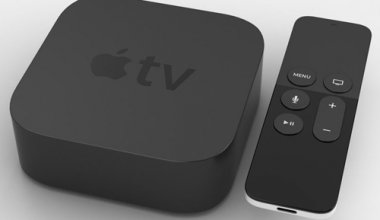An HTML5 app is housed on the Web and runs inside a mobile browser. Unlike apps built specifically for Apple devices or Google‘s Android operating system, it does not need to be built from scratch for each OS. The promise is that it can be “write once, run anywhere.”
It’s true: In many cases, HTML5 can work just as well as a native approach. But it is not the silver bullet it is often made out to be, for several reasons.
So where are we in the HTML5 vs. native apps debate?
In a recent report, BI Intelligence breaks down this question, doing a head-to-head comparison of the two and looking at the current state of the performance gap between HTML5 and native apps.
Access The Full Report And Data By Signing Up For A Free Trial Today >>
Take look at this table from our report:
As the chart illustrates, native apps still reign supreme over HTML5 in a few areas, including:
- Rich user experience and performance: HTML5 still faces challenges in accessing device-native features across all mobile browsers, and in rendering graphically-rich user interfaces and data presentations.
- Monetization: The native app stores — Apple’s App Store and Google Play — win this one. There hasn’t been a convincing model for HTML5 monetization beyond individual vendors selling their apps online.





